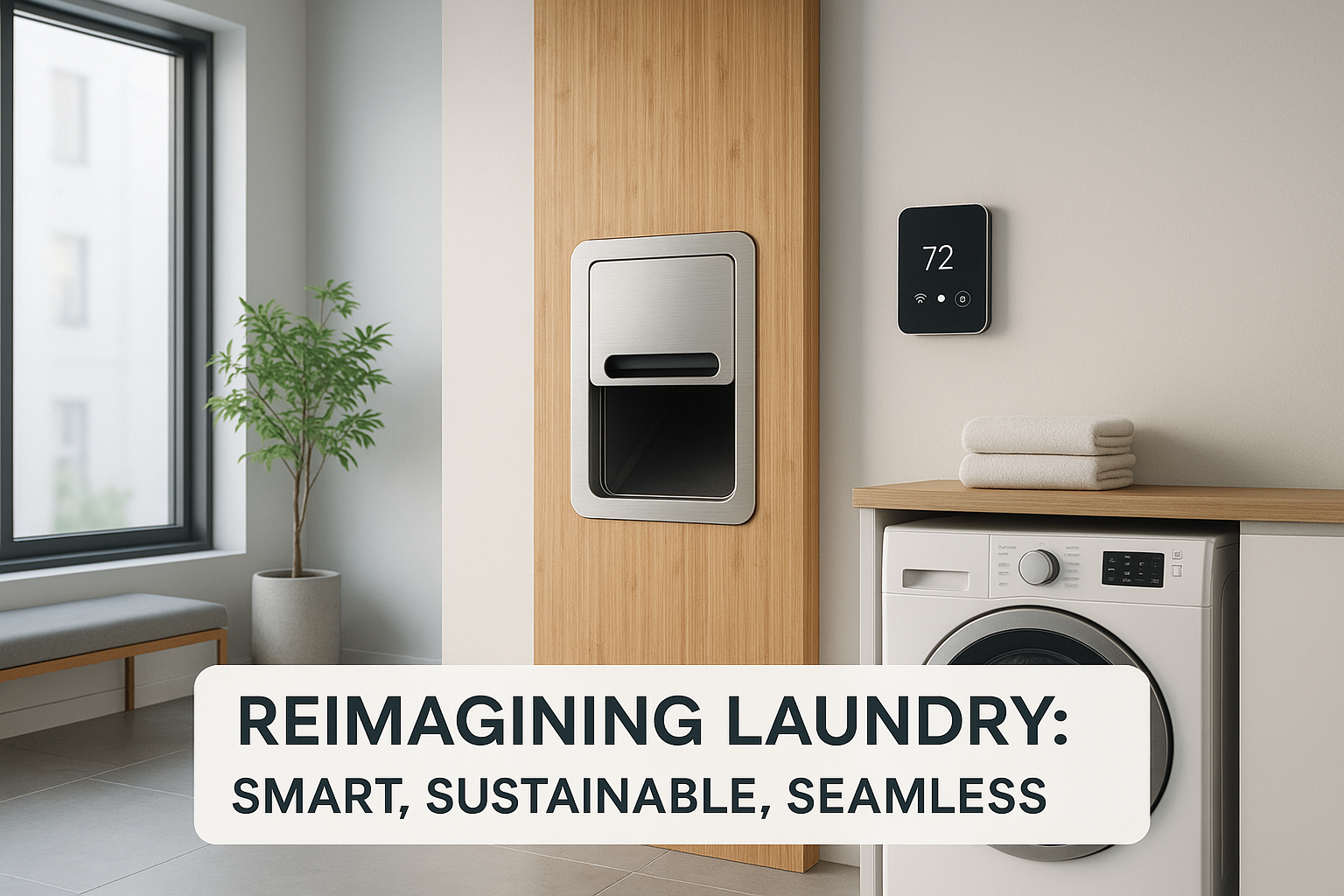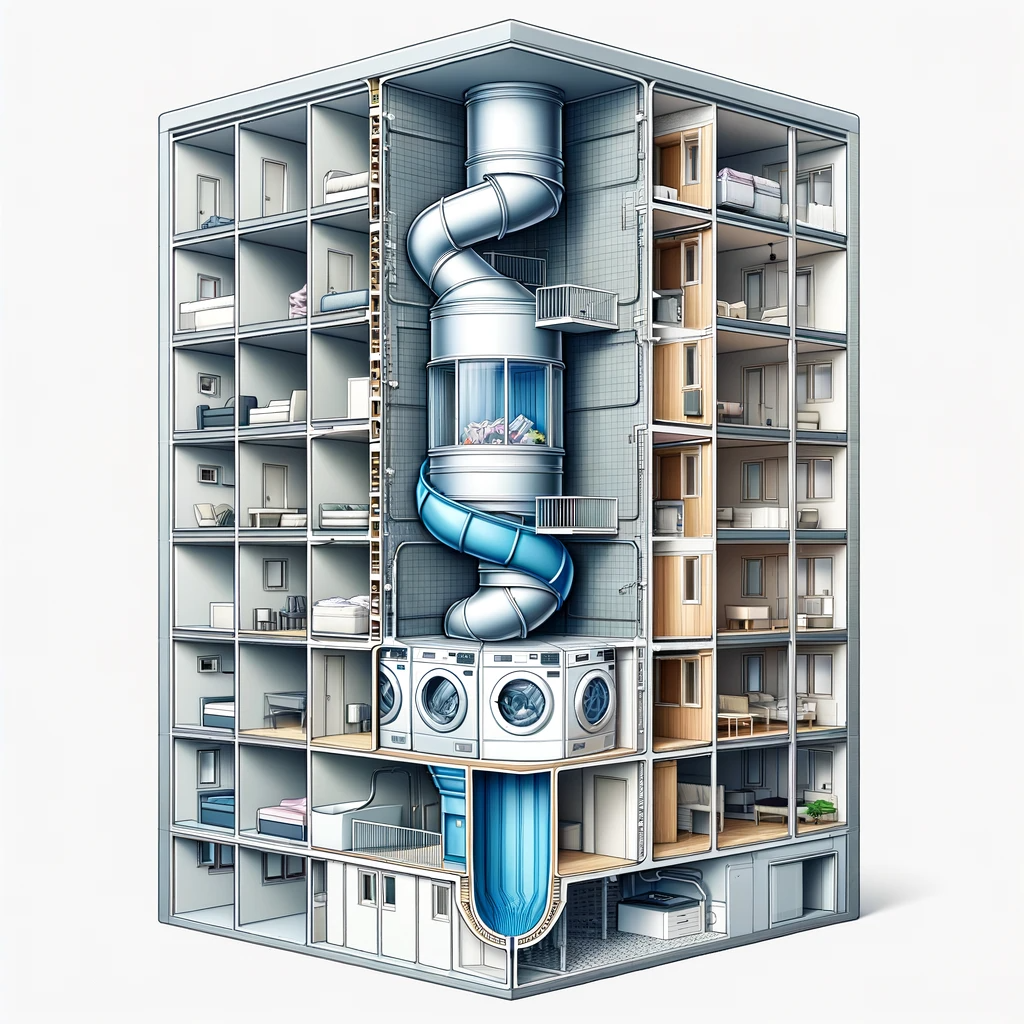Blog

Discover the best laundry machines of 2024 in the UK in our comprehensive review. Explore top models like Speed Queen TR5, Danby Compact, and LG's Washer/Dryer Combo, evaluated for efficiency, technology, and design. Ideal for every home, from compact spaces to tech-savvy households. Get insights on user experiences, environmental impact, and future trends in laundry technology. Make an informed choice for your laundry needs with our detailed guide.
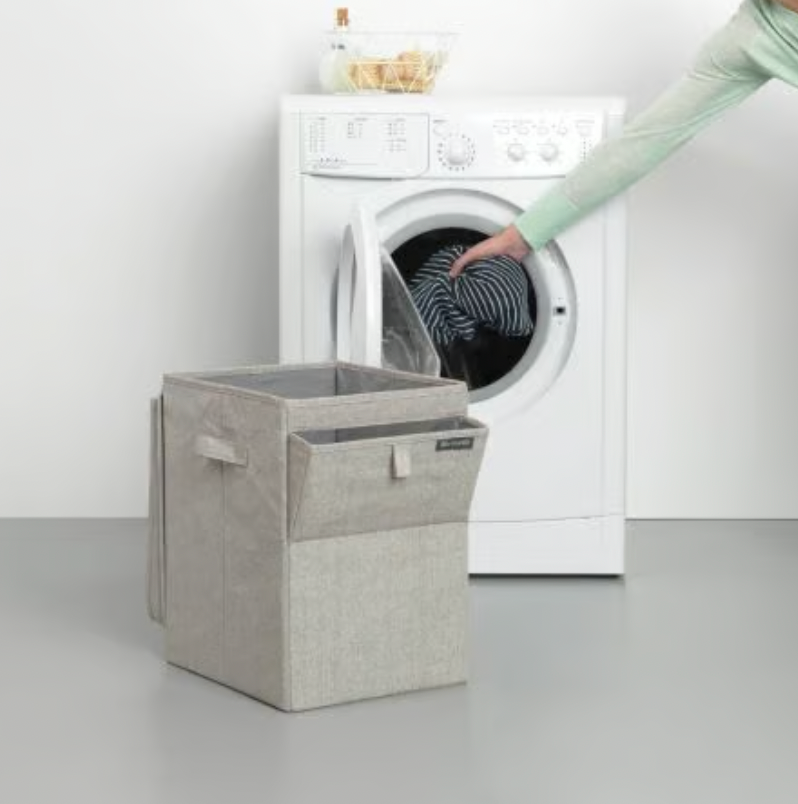
Laundry Basket Selection Guide: Discover the perfect laundry basket for your home in the UK with our comprehensive guide. Whether you need a space-saving solution for a small apartment, an efficient sorting system for large families, or a portable option for travelers, we've got you covered. Explore top picks like the Brabantia Stackable Grey 35L Laundry Box, Double Compartment Bins, and more, tailored to fit every lifestyle and space. Make laundry day simpler and more organized with the best basket for you, from stylish designs to practical solutions.
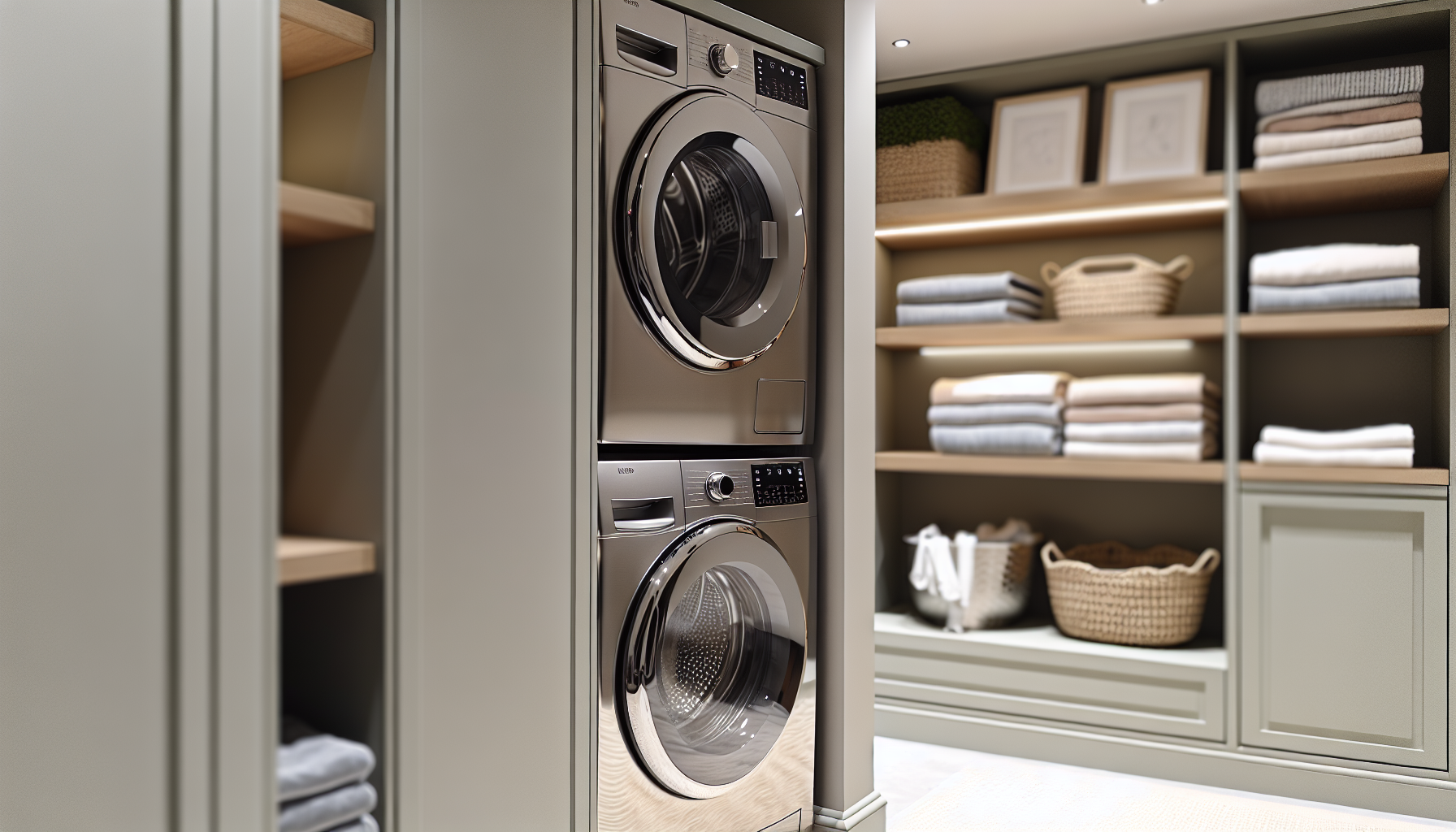
Explore our comprehensive guide for innovative laundry storage ideas for 2024 that transform cluttered spaces into efficient, organized havens. Discover tips on maximizing space with stackable appliances, foldaway drying racks, and smart shelving. Learn about custom cabinetry, hanging solutions, and stylish containers to enhance your laundry room's functionality and aesthetics. Plus, get insights into integrating technology and the ultimate addition of a laundry chute for seamless laundry management.
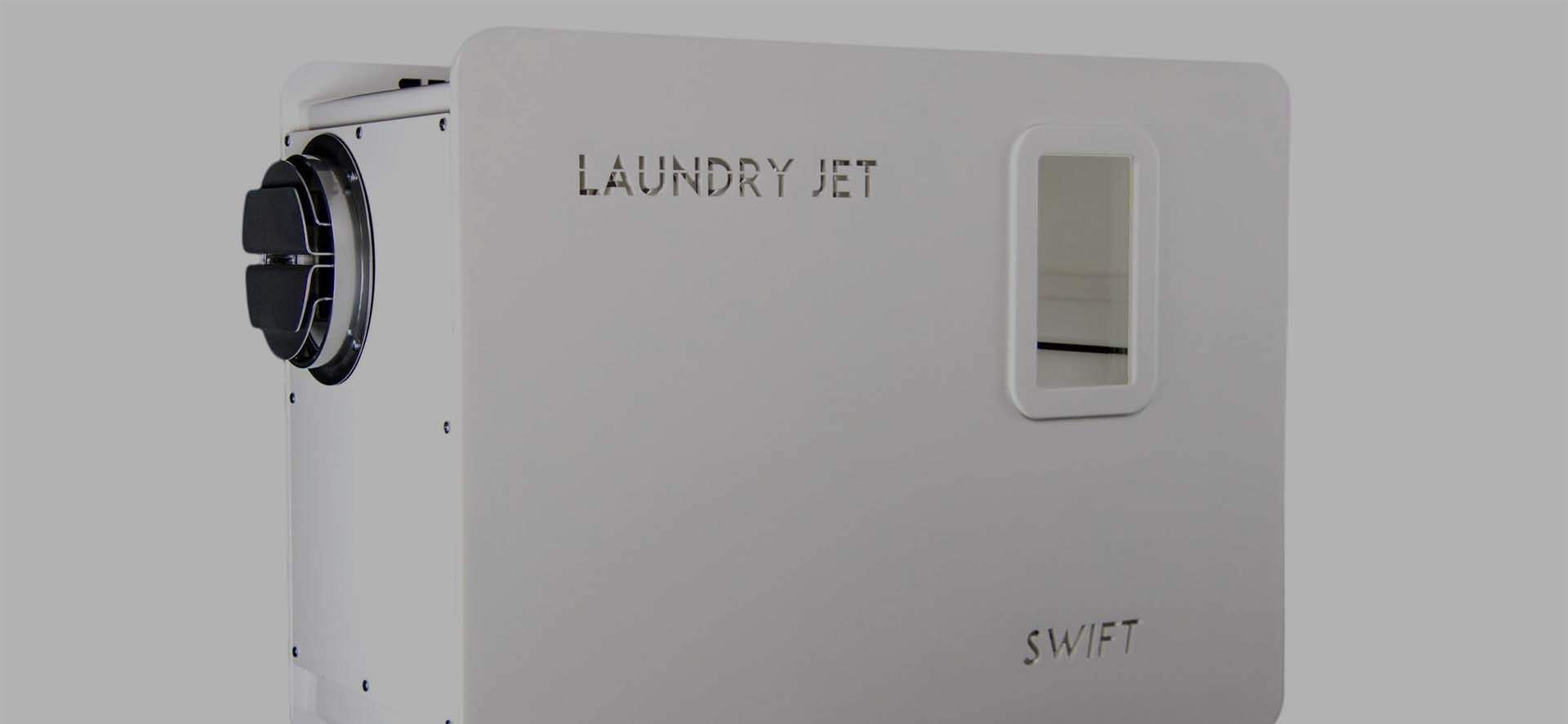
What Is a Chute: It's History and the Mystifying Household Chute Innovation - Laundry Jet Ever marveled at the convenience of a laundry chute, effortlessly transporting dirty clothes from upper floors to the laundry room? This ingenious invention finds its roots in the ancient concept of chute gravity, which have been used for centuries in agriculture and construction. Today, we even have modern innovations, like the Laundry Jet system, that challenge the traditional design by using powerful suction instead of chute gravity to transport laundry. Key Takeaways Gravity chutes are an efficient and sustainable solution for material transportation, with modern innovations such as the Laundry JET system providing a more energy-efficient alternative. Design considerations should take into account factors such as incline and slope, material flow and velocity, safety and maintenance in order to ensure effective operation. Gravity chutes promote eco-friendly practices by reducing operational costs while minimizing manual handling of materials.
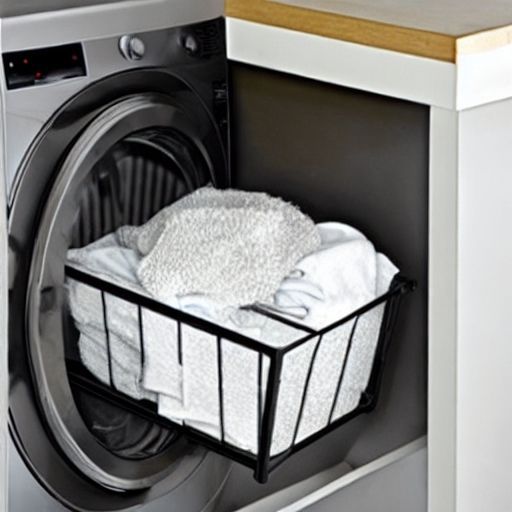
The Unspoken Necessity: Removing Laundry Chutes from Modern Homes We sometimes don't talk about it, but sometimes laundry chutes need to be removed. This need can arise from various reasons - from remodeling projects that repurpose the space to safety concerns in households with small children or pets. Additionally, as home layouts evolve and the use of space becomes more dynamic, these once-useful passageways may become obsolete or even intrusive. In these instances, removing a laundry chute isn't just about reclaiming space; it's about adapting our homes to fit our changing lifestyles and needs, ensuring safety, and optimizing functionality for today's living standards.
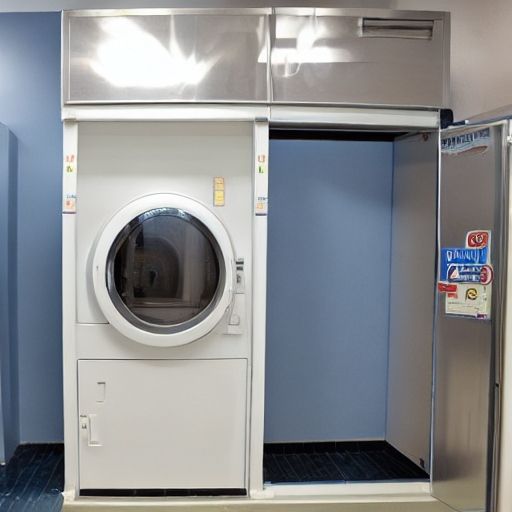
Installing a laundry chute in a UK home not only brings convenience but also adheres to certain regulations and guidelines to ensure safety and functionality. Here’s an updated guide including UK-specific regulations: Benefits of Installing a Laundry Chute Convenience: Streamlines the process of moving laundry from upper to lower floors. Time-Saving : Frees up time by eliminating the need to carry laundry downstairs. Low Maintenance : Once installed, they require little to no ongoing costs. Safety: Eliminates the need to carry dirty smelly laundry in baskets down stairs. UK Regulations and Safety Guidelines Fire Safety Compliance: UK regulations mandate that laundry chutes must have fire-rated doors, complying with BS 476:Part 22 standards. The use of steel parts instead of plastic or wood is recommended for added safety. Smoke Prevention : Pipework should be firmly clamped to prevent smoke escape. Optional Safety Features : Self closing doors in buildings over 3 floors. Lockable doors for young children and vulnerable adults. Child Safety : Laundry chute doors should have lockable handles and be installed at least 1 meter above the floor. Additionally, they should be designed to avoid easy opening by children and have no sharp edges. Planning and Installation Bespoke Design: Consultation and design services ensure the chute fits your home's layout. Professional vs DIY Installation : Professional installation is quick, usually within 1 or 2 hours, and minimizes disruption. DIY options are supported by comprehensive manuals and video tutorials for those who prefer a hands-on approach. Suitability for Various Homes : Chutes are suitable for any size of building, including new builds and renovations. They can be designed for straight drops or with angles up to a maximum of 45 degrees. Post-Installation Guarantees: Companies often offer extended guarantees, some up to a lifetime, providing peace of mind. Conclusion A laundry chute in your UK home, while adhering to the specific regulations, can enhance both the functionality and safety. It’s a modern solution that simplifies everyday chores, ensuring compliance with safety standards and accommodating a range of home designs. By selecting the right supply and installation company and considering your home’s specific needs, you can enjoy the benefits of a laundry chute that meets all UK regulations.
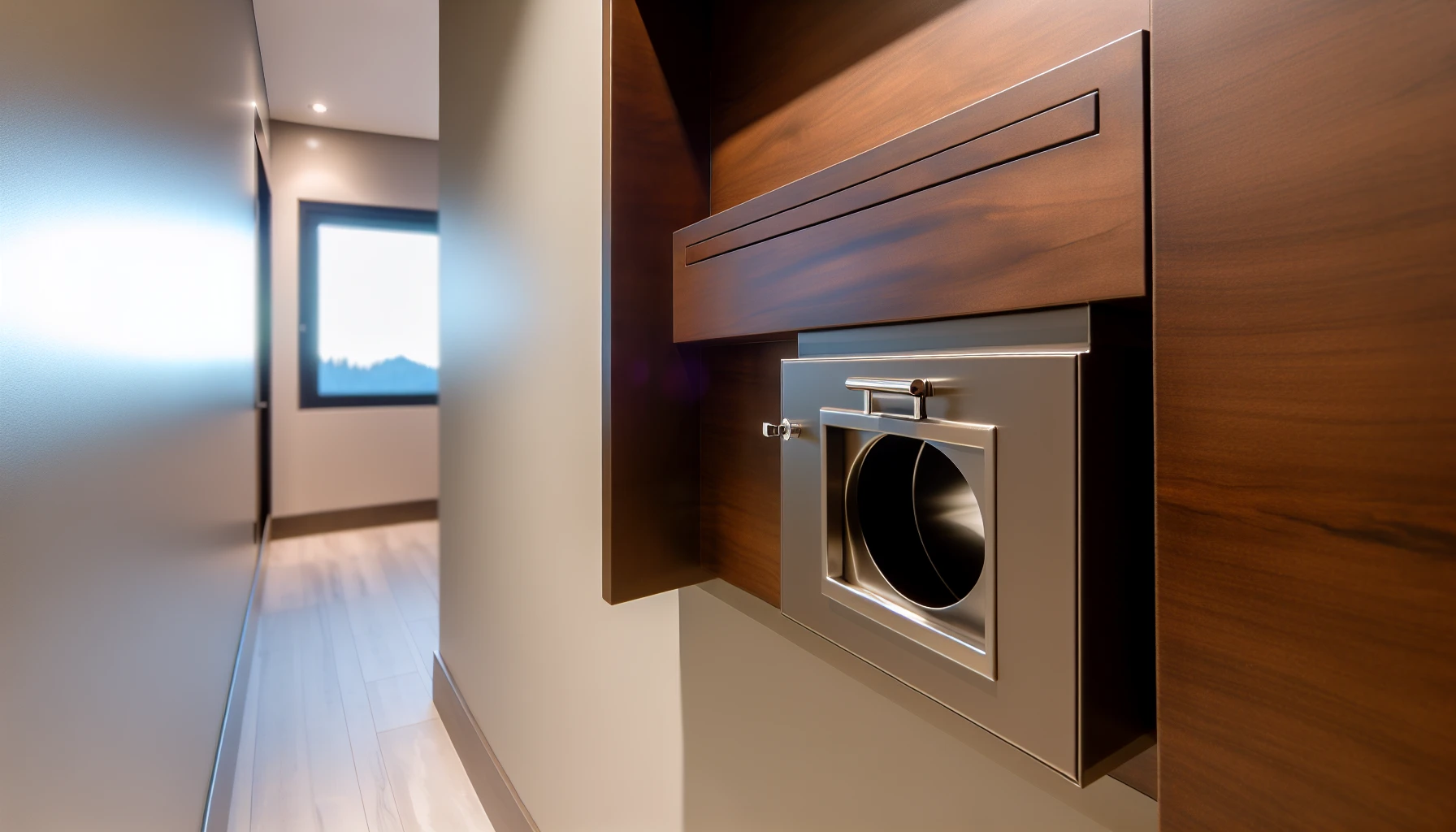
Discover innovative laundry chute ideas to streamline your home in this comprehensive guide. Explore hidden chutes, decorative doors, multipurpose designs, and ideal locations. Learn about installation, safety, maintenance, and retrofitting in older homes. Transform your laundry routine with a functional and stylish laundry chute.


